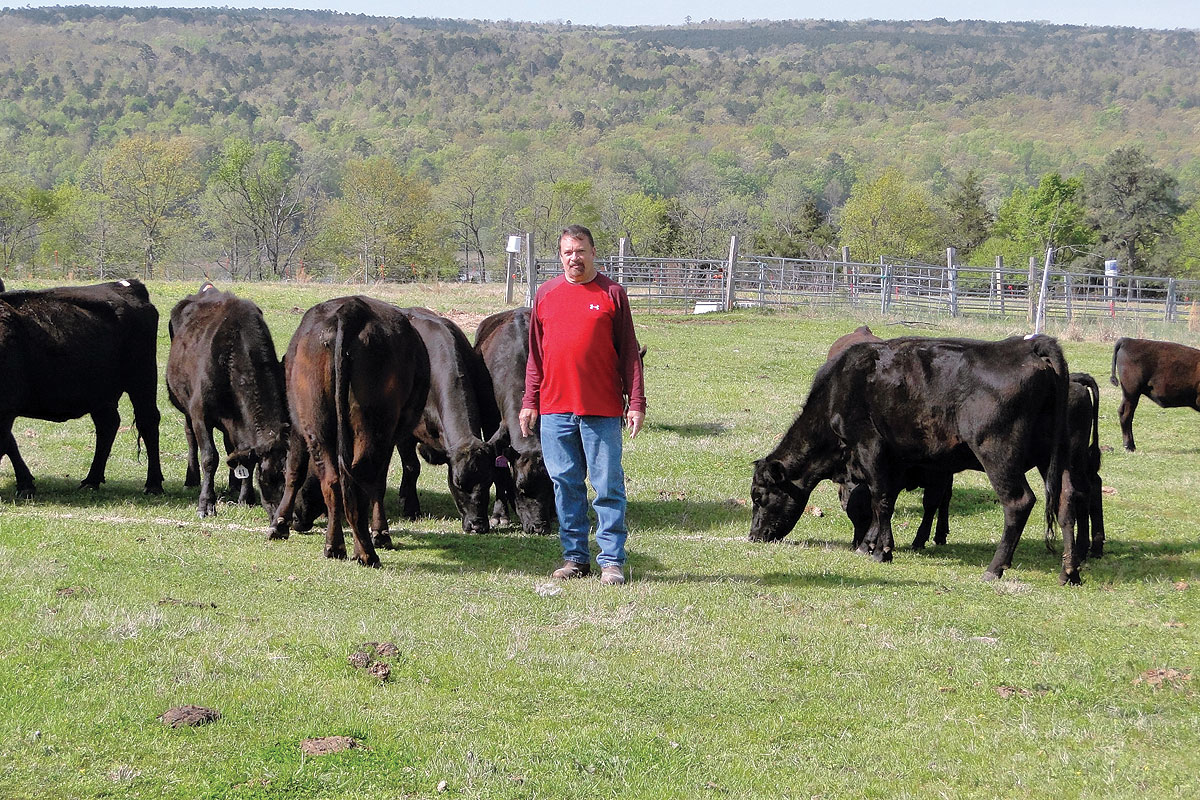 On the outskirts of Fayetteville, Ark., is a 5-acre show pig operation known as HogWild Showpigs owned and operated by Jeremy and Dawn Mabry. Jeremy teaches elementary PE in Fayetteville while Dawn, a University of Arkansas employee for 15 years, currently works as a records analyst in the Office of Development.
On the outskirts of Fayetteville, Ark., is a 5-acre show pig operation known as HogWild Showpigs owned and operated by Jeremy and Dawn Mabry. Jeremy teaches elementary PE in Fayetteville while Dawn, a University of Arkansas employee for 15 years, currently works as a records analyst in the Office of Development.
After 10 years of marriage, the couple find themselves the parents of three very busy little girls who had their father reach back to his own childhood in Elkins, Ark. There he was raised on a chicken farm with show pigs and found his own children also infatuated by pigs. The three girls were sitting around a table listening to the interview when 6-year-old Lizzie talked about her 2-year-old sister Harlie and said, “Harlie’s not even afraid of Bonnie,” a pretty impressive statement considering Bonnie is 750 pounds. Meanwhile 9-year-old Chloe nodded emphatically in agreement.
Dawn’s parents own a 5-acre plot, home to the show pig operation. The site contains two heated barns with concrete floors. One contains pens for the sows and show pigs. The other barn is a large enclosure for farrowing and a nursery. The two barns are kept at different temperatures with a higher temperature for the piglets. The floors are covered with paper shavings from Powell Feed in Siloam Springs, Ark., because they are easy to clean, last longer and soak up more liquid, which makes their use cost efficient.
The small farm is a certified and validated herd, which means the Mabry pigs have been tested for high health standards with quarterly testing to maintain certification. Jeremy uses a health protocol for show pigs from birth through sows. Because of being on concrete floors instead of the ground, the piglets don’t get enough iron and dextrose and are given a shot for that deficiency. Next they get flu, circovirus and arochephalus treatments as well as deworming throughout the year. The sows follow the same pattern but also receive vaccinations for lepto and parvo. The high health standards are very important to the Mabry’s since the pigs are taken to several shows throughout the year.
Every aspect of the operation is carefully managed. Jeremy mixes his own corn and soybean-based feeds in Anderson, Mo. For the show pigs he feeds 18 percent and 16 percent protein levels depending upon what each pig needs while the sows consume 10 percent or 12 percent protein feeds depending upon if milking or not. Jeremy also uses MoorMans Showtec as a starter feed and as a supplement when needed. Castrating takes place at 4 to 5 weeks while the piglets are easier to handle but almost fully formed.
When selecting semen, Jeremy determines the weak parts of the sow and finds boars to compensate. Replacement gilts are selected by confirmation, soundness, muscling and temperament. It is critical that sows are docile and easy to move and handle. According to Jeremy, “There is a certain set of genetics in the show pig industry that produces winning pigs, and we try to stay within those lines.”
While little Harlie is just beginning to learn to handle pigs in the ring, Lizzie and Chloe compete in the National Junior Swine Association, a junior department for the National Swine Registry which is represented by four main breeds: Yorkshire, Hampshire, Duroc and Landrace. While showing crosses is huge, one purebred must be shown for each crossbred. Jeremy said, “I usually have a purebred York for that purpose but I don’t this year so I’ll have to go buy a purebred for each girl this year.”







